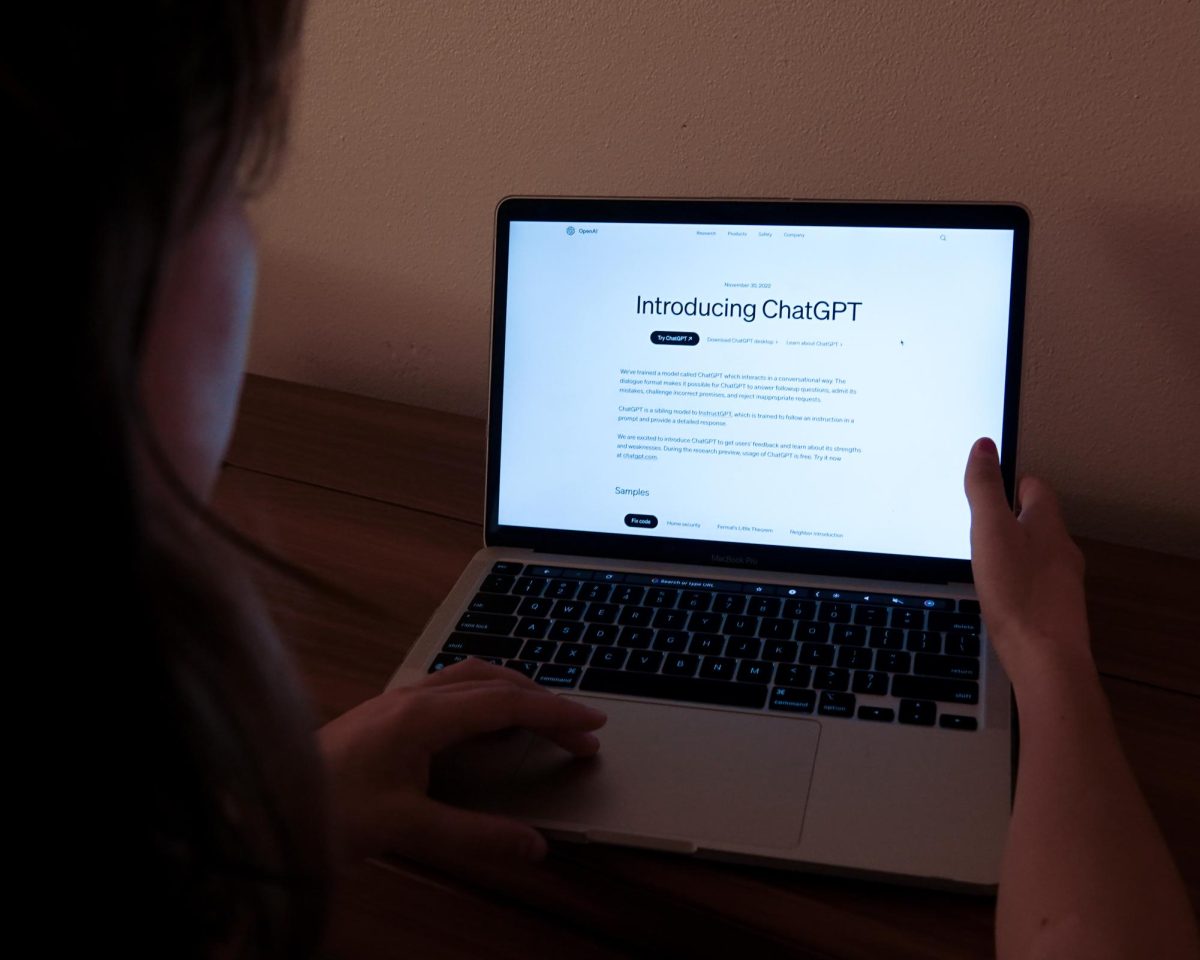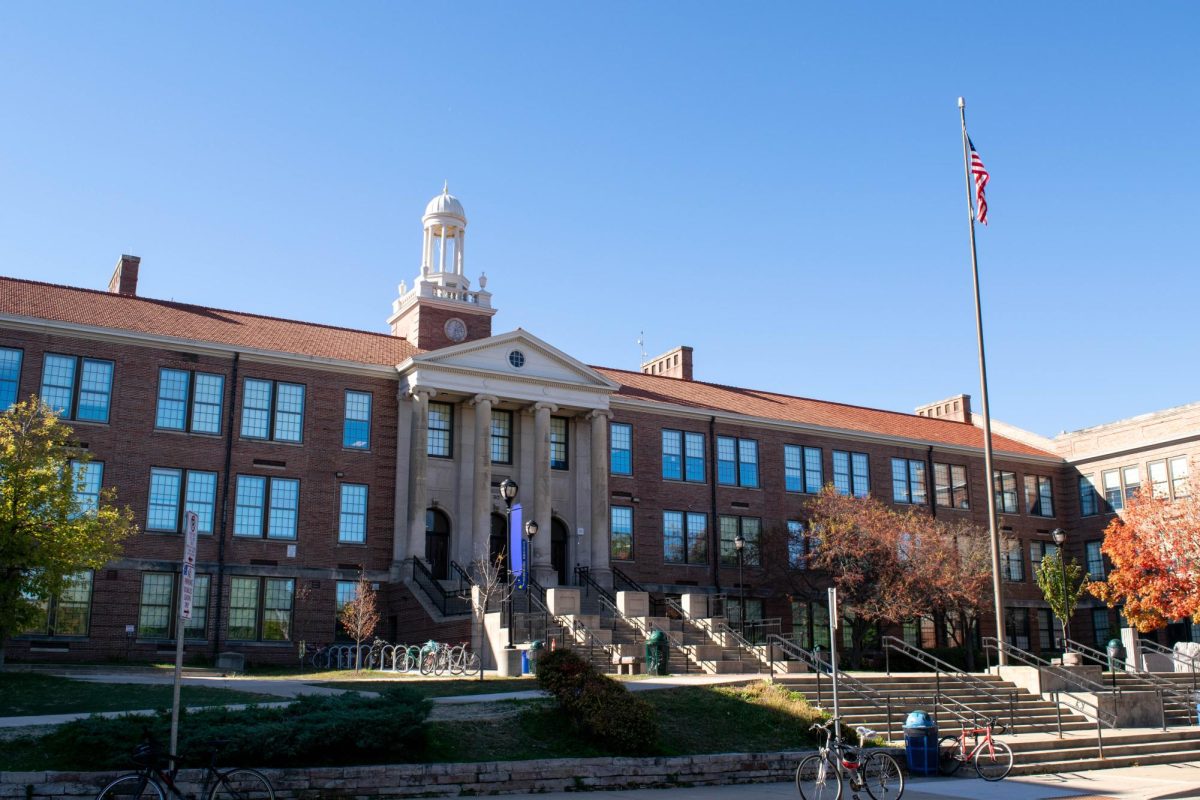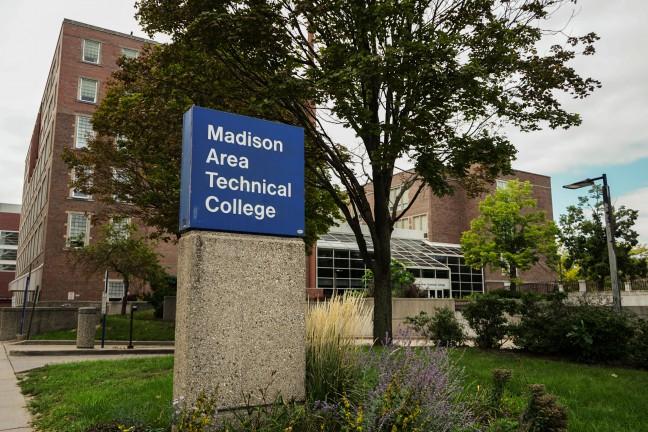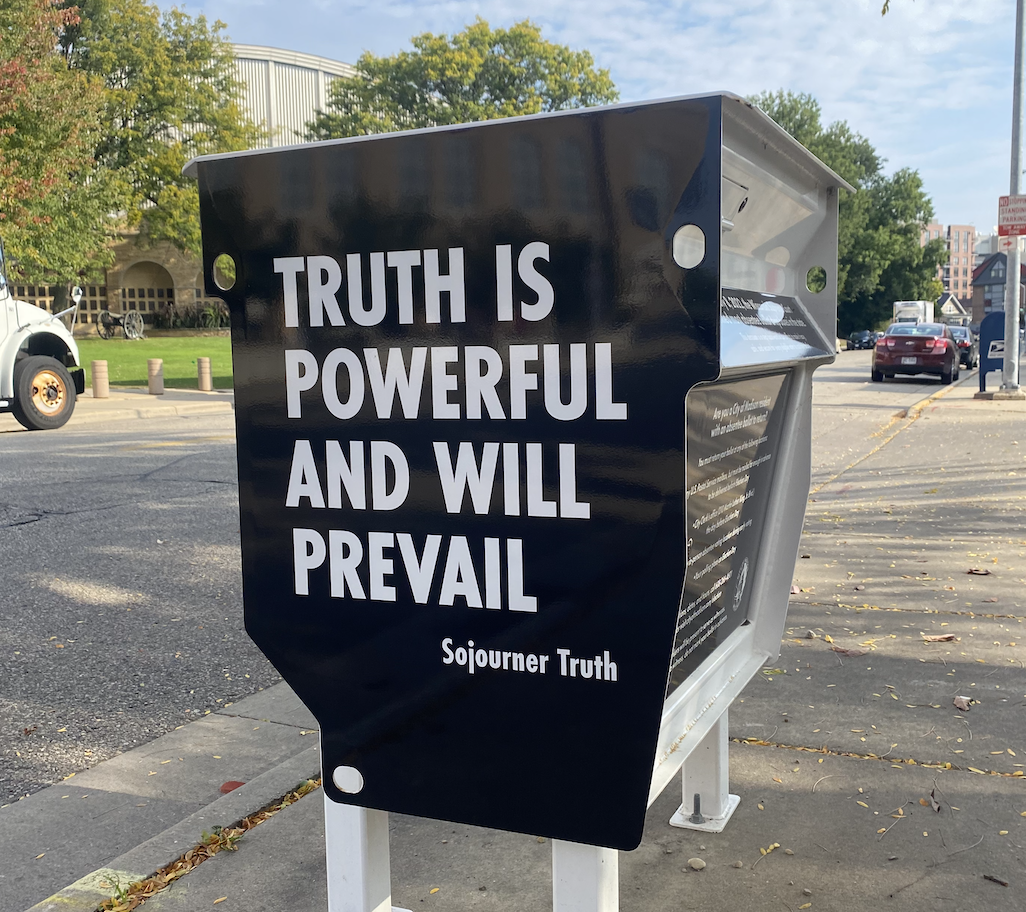When I began to study constitutional law, it was difficult to fathom how critics could be opposed to many of the landmark Supreme Court decisions in the area of civil rights. For example, in the case of Katzenbach v. McClung (1964), the Supreme Court ruled that Congress had the authority to require restaurants to serve customers regardless of their race.
At first glance this was an extraordinary and long overdue decision. And even after a longer glance, I still enthusiastically endorse the outcome. But I recognize the issues raised by critics of the decision.
One of the oldest debates in American constitutional law is the often-conflicting principles of civil rights and civil liberties. Guaranteeing civil rights for one group of people often requires infringing on the civil liberties of another.
The Katzenbach case is a prime example. Congress finally guaranteed African-Americans long-overdue civil rights, but at the cost of some of restaurant owners’ civil liberties. Congress took away their right to self-determination in their business practices by forbidding them to choose whom to serve.
Perhaps Katzenbach is a bad example, because it is difficult to be sympathetic to the restaurant owners, who were obviously racists. Regardless, the opposition of some (non-racist) critics is understandable.
In recent years, however, civil rights is not only in tension with civil liberties, but with diversity — at least a radical form of it.
The fundamental value propagated by the Civil Rights movement was equality. African-Americans sought “to be judged [not] by the color of their skin but by the content of their character.”
But a radical form of diversity that does not seek to incorporate, but to isolate has muffled this clarion call for a color-blind society.
This radicalized diversity defines and separates people by their ethnicity, heritage, sexual orientation, etc.. People are qualified or disqualified by characteristics they cannot control.
Last week’s graduation ceremonies at UCLA offer an example of this division. UCLA offered not one, not two, not ten, but 68 separate graduation ceremonies and celebrations, including the Lavender Celebration for UCLA’s LGBT community, the Iranian Student group celebration, the Asian Pacific Islander Celebration, and more.
This dispersion would be ridiculous if it was not so common. The end result is that through the unequal treatment of graduates, diversity was wasted. These divisions suggest that students at UCLA have not expanded their knowledge and seen things from new viewpoints. Rather, they have had division and enmity reinforced.
Here on campus, the Associated Students of Madison held a two-hour long debate about the candidates for vice-chair. But the debate did not focus on the qualifications of the candidates, but about which ethnic groups they belonged to. The candidates were not considered equally.
The tragedy of this debate is that diversity and equality can and should coexist. Both complaints and contributions from diverse groups should be considered on an equal footing to the complaints and contributions of the majority. Through this process the knowledge and understanding of both groups could be expanded exponentially. The end result would be a student body with shared knowledge and identity.
There is no doubt that different backgrounds provide dramatically different outlooks on the political, social, economic and moral issues of the day. Being privy to the feelings of someone different from yourself offers an entirely new outlook on matters that you may have thought you understood.
This idea was made real to me towards the end of the spring semester. I was talking to a professor when a fellow student heard that I work at the Herald. The student asked me who wrote the infamous police blotter. I replied that we took them straight from police reports – the police wrote them, not us – and asked him why he wanted to know. The students explained that when the police blotter spoke of a crime committed by a white person, the story simply called the assailant a “man” or a “woman.” But when a person of color allegedly committed the crime, the story referred to him or her as a “black man” or a “black woman.”
I must admit, I never noticed this, and I never would have had it not been brought to my attention. As I pondered the situation, I could understand how this could be denigrating to a student of color, but it required the viewpoint of someone with a different background to point this out to me.
Diversity is a good thing. Interactions between people of different backgrounds allow all of us to expand our knowledge, and ultimately, to understand each other as people, not as members of a group.
Radical diversity is a bad thing. Identifying and dividing people by heritage, sexual orientation, etc. only reinforces divisions and misinformation.
I am not trying to discount the important role of support and fellowship provided by most student groups. Rather, I am calling on those groups to be bases from which students can foray into the main campus body to educate and learn from each other. They should not be fortresses that harden divisions and maintain ignorance.
Besides, I have time for only one graduation ceremony.







